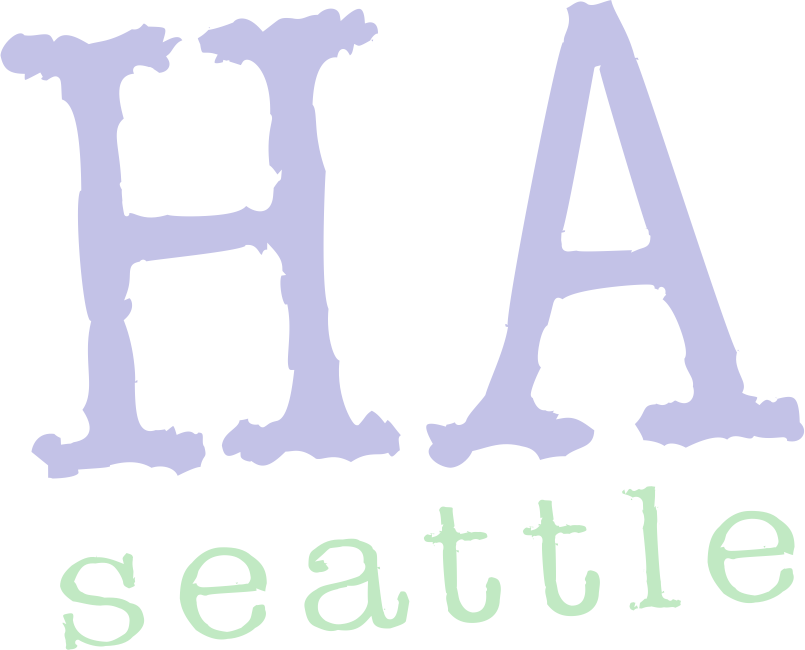When I-5 loses a few lanes Downtown, or back in the day maintenance of the the Viaduct, you get breathless news coverage. But significant delays on the 1 Line are just a normal story. They should be a normal story, but so should carmageddon!!!!!! stories.
Your commute may be messed up, here are some work arounds is a reasonable story, is good. But maybe the local media aren’t catering to transit riders as much as drivers. Or maybe it reflects how whiny some drivers can be, and need the media to reflect that.
Anyway, it sure would be nice if we had a streetcar that ran through Downtown to make alternate routes easier.
